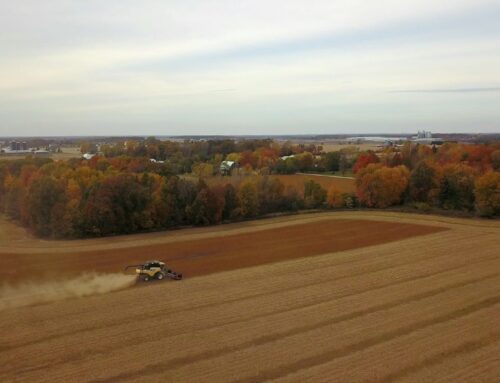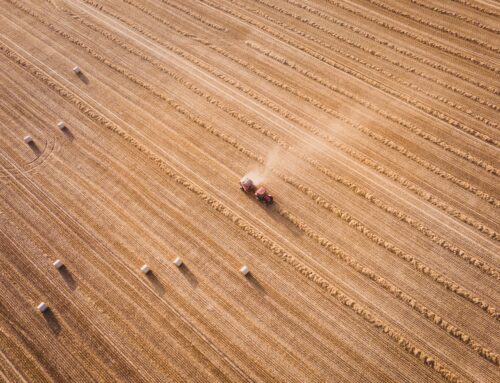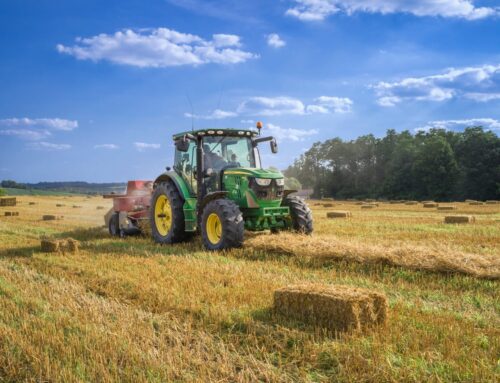Lawmakers used the Omnibust to direct yet more “emergency” aid to particular farmers and ranchers. Although exactly how the disaster aid will be doled out is difficult to follow. The so-called explanatory statement simply states, “Sec. 791 – The bill provides funding for disasters.” Okay then. Wading through the 111 lines of legislative text so succinctly summarized uncovers a few things.
- The bill reprograms approximately $1.5 billion worth of “emergency” income subsidies authorized to cover crop losses from 2017, to cover recent crop losses.
- The bill expands losses eligible for funding to “quality losses of crops, drought, and excessive moisture” and limits eligibility for drought to areas that reached D3 (extreme drought) on the U.S. drought monitor.
- The bill allows the Secretary to use funds to make payments for losses due to Tropical Storm Cindy and blueberry and peaches losses due to freeze in 2017 and blueberry productivity losses in 2018. Previously lawmakers used The Additional Supplemental Appropriations for Disaster Relief Act, 2019 to retroactively make these eligible losses for emergency spending authorized by the Bipartisan Budget Act of 2018.
- The bill provides payments for vine losses to grape growers.
- The bill requires $400 million to be made available for sugar beet processors which will then be doled out to sugar beet growers.
Enrollment for the pot of $2.3 billion in 2017 disaster aid (which the USDA doled out in a program it called WHIP) originally ended in November 2018. The Additional Supplemental Appropriations for Disaster Relief Act, 2019 passed this last June, authorized an additional $3.0 billion (WHIP+) to cover losses in 2018 and 2019 AND made retroactive changes to the WHIP program – see blueberries, peaches, and Tropical Storm Cindy above.
Yet according to a Congressional Research Service report, as of May 30, 2019, approximately $1.57 billion of the original $2.36 billion in the Bipartisan Budget Act of 2018 remained unobligated. So here we are. It’s time to fallow that money to lower our trillion dollar deficit instead of giving billions of dollars to agricultural businesses that already benefit from a generous safety net. With 2/3 of the “emergency” disaster aid unclaimed by producers, how is this an emergency? Senator Hoeven touted this “additional” $1.5 billion in disaster aid as “help to get our producers through this tough stretch.”
This is a huge pot of money, layered on top of another huge pot of money with disaster aid in 2019, on top of billions of dollars in trade aid. This “aid” is clearly damaging the focus toward risk management in agriculture over the past few farm bills and increases the role of Washington within agriculture.











Get Social